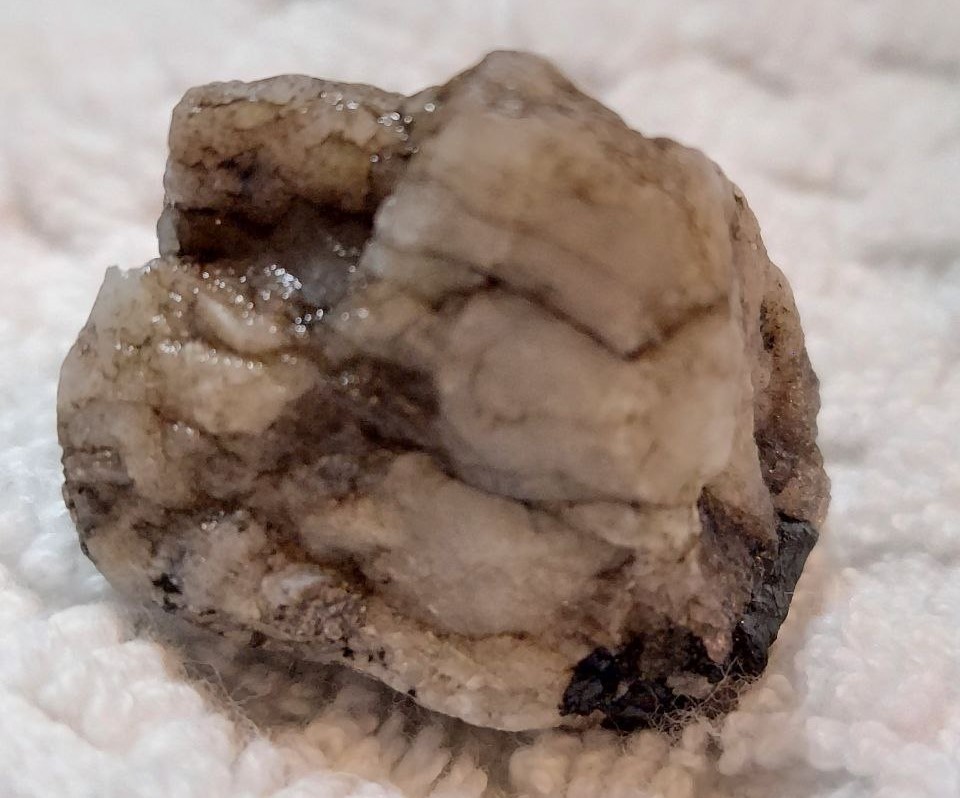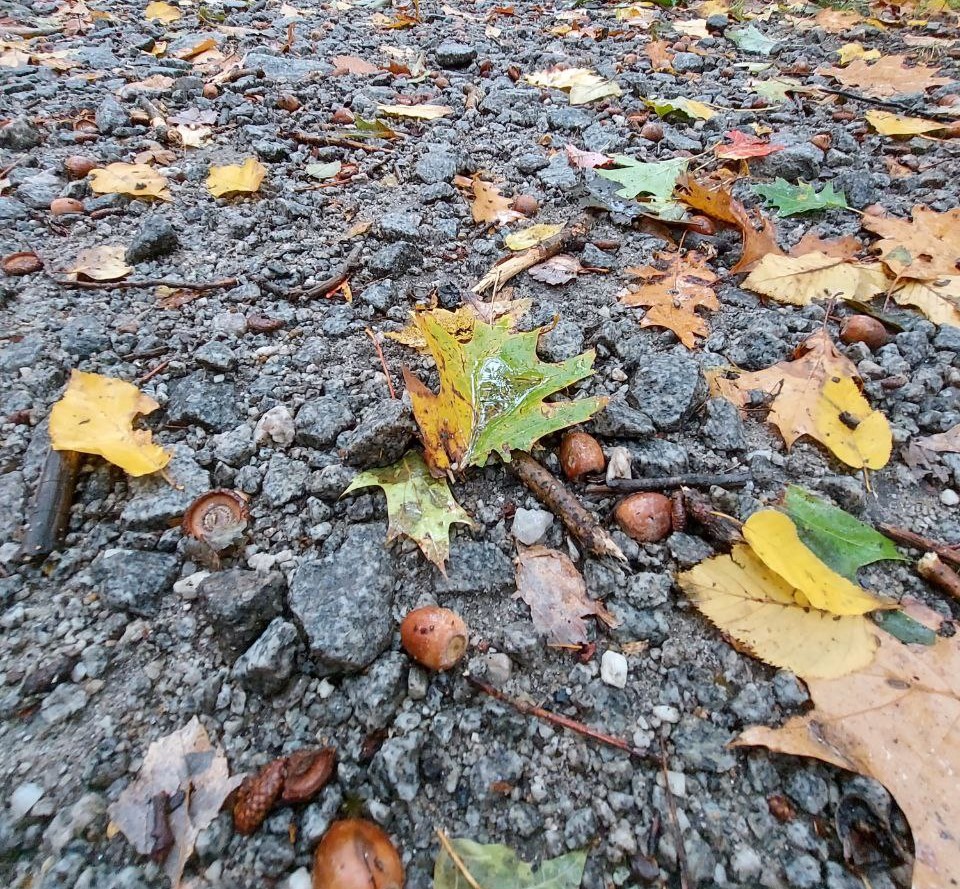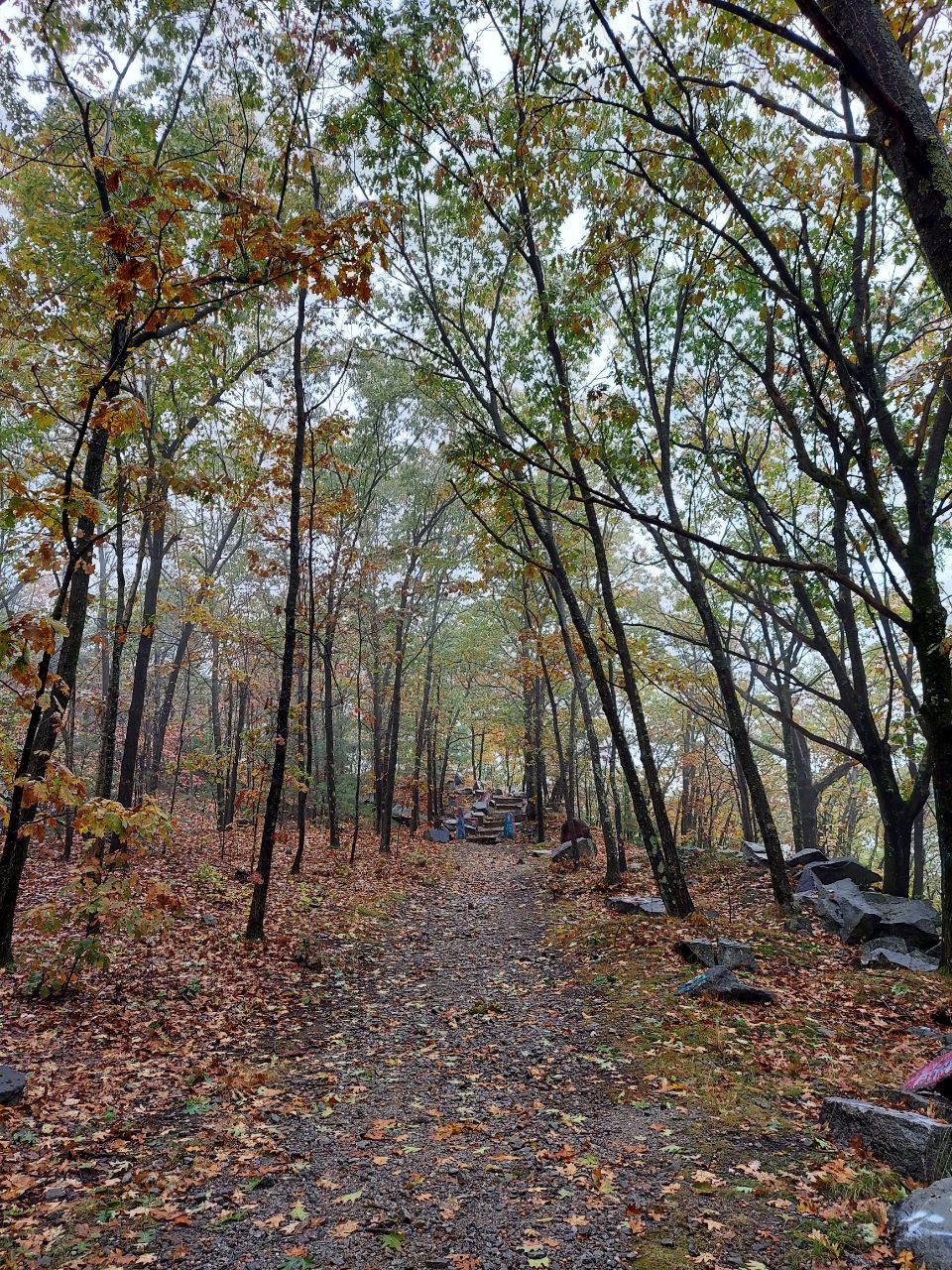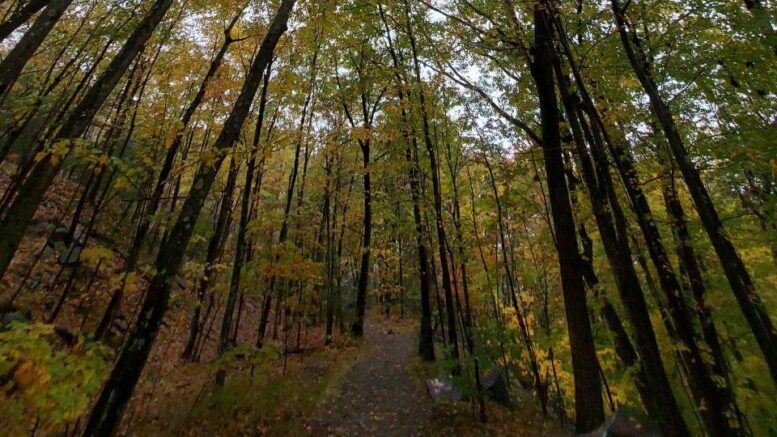New England is home to many beautiful sights, especially during the early weeks of fall, when the cascades of beautiful trees and other fauna dazzle residents and tourists alike. But there’s one other form of natural beauty that lies deep in the heart of New England: rock hounding.
Each state has a different cache of beautiful minerals and raw, delightful gemstones, but we’re going to visit the mysterious state of Massachusetts for this one.
The (Rock) Hounding Scene
Massachusetts is home to several stone deposits, like Quabbin Reservoir or Beckett Quarry, each with their signature stones. Even going for a quick walk in the hills of Fitchburg, out by Rollstone Hill, you can find interesting pieces like Beryl/Quartz composites, Schorl streaked with black tourmaline, and smokey quartz held in a solid and smooth feldspar.

Some stones can be hounded in more residential areas, but be sure to abide by the local regulations, keep a respectful outlook while scouting and be sure to avoid trespassing on private property.
But as fascinating as these stones and hikes can be, there are a few things to remember.
Stay Safe
Massachusetts, while beautiful in all its variety, is home to some insane varieties of stone that could cause issues along the line.
For example, arsenopyrite is a stone that’s gorgeous to look at, with a deep silver luster coated in an alluring yellow tint. It looks a lot like fool’s gold, but can be very toxic if exposed for too long or if it comes into contact with other reactive chemicals.
If you’re hounding around Boston, in Worcester, or near Springfield, be sure to bring a small Geiger counter to ensure you’re not in an area in the process of being cleaned up. Some specimens are radioactive and contain traces of uranium.
Respect the Land
One of the biggest and most important rules to abide by when rock hounding in Massachusetts is to be very respectful of the land you’re on. Don’t go around pounding on every rock you see. If anything, avoid pounding and go for scouting the grounds for loose rocks that were shaken loose during weather or natural turnover. Areas near tree roots and moss are likely to provide some incredible crystal structures without needing to dig or hack away at stones.

If you happen to see a stone that’s a little deeper than expected, and you decide to pick it up, be sure to fill the divot with dirt and brush found around to keep it from being noticeable or leaving an open dent in the land.
Be Cautious of Protected Land
While it’s easy to stumble across beautiful landscapes and dense wood, you should always be careful and respectful of protected lands. This includes areas like reservations, preserves and private land used for public events.
Always ask permission before you hound on land you’re not sure of, and always check the weather conditions as quarries, reservoirs and caves tend to fill real fast. Hills heavy with minerals and mineral dust, or deep in the woods covered in leaves, can have some very slippery grounds when wet or covered in frost.

Rock hounding is an awesome and lucrative way to enjoy the outdoors and gather a few beautiful specimens directly from nature. And who knows, if you enjoy yourself and the beautiful yet haunting natural art of Massachusetts, you may even be able to find a club or group back in your hometown that loves rock hounding just as much as you do.
These groups and clubs are usually certified to go deep into caverns and caves, capable of bringing up mined pieces and go into studying them, praising them as their own pieces of artwork. The membership fees are typically fairly low, and the equipment needed to keep yourself active isn’t harsh on the wallet, either. You’d be surprised what items you find deep in the seat of the earth, whether you’re walking the grounds in your own backyard or enjoying a gentle stroll abroad.
All Image Credits to A. Stolitza(c).

